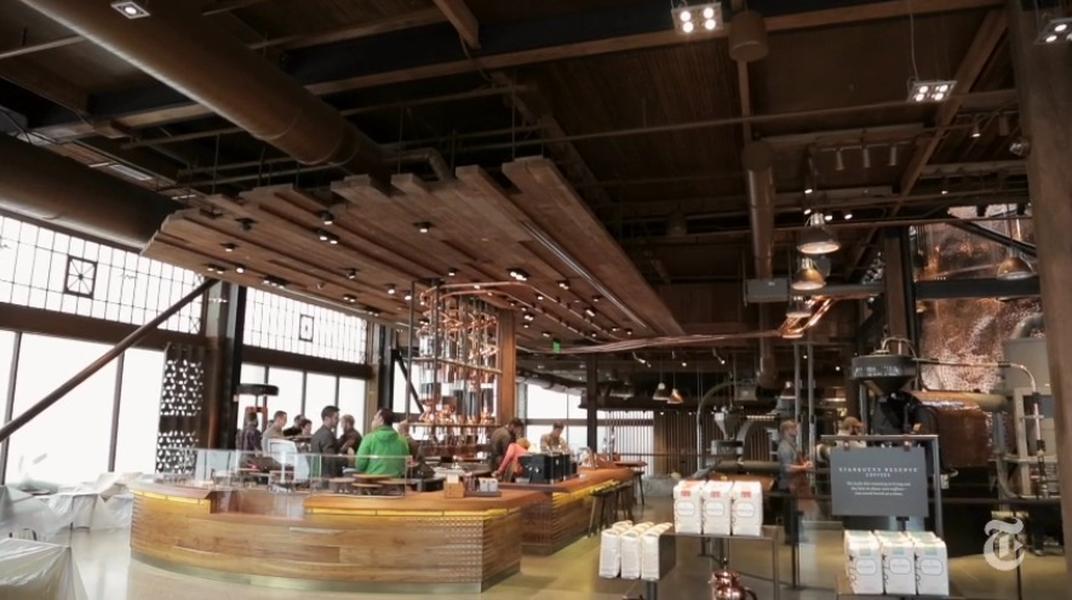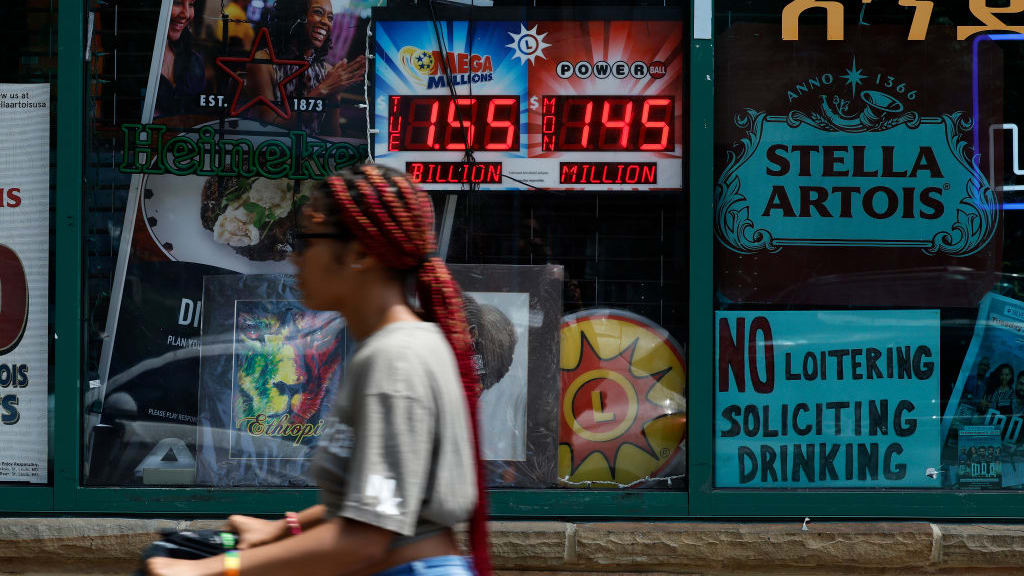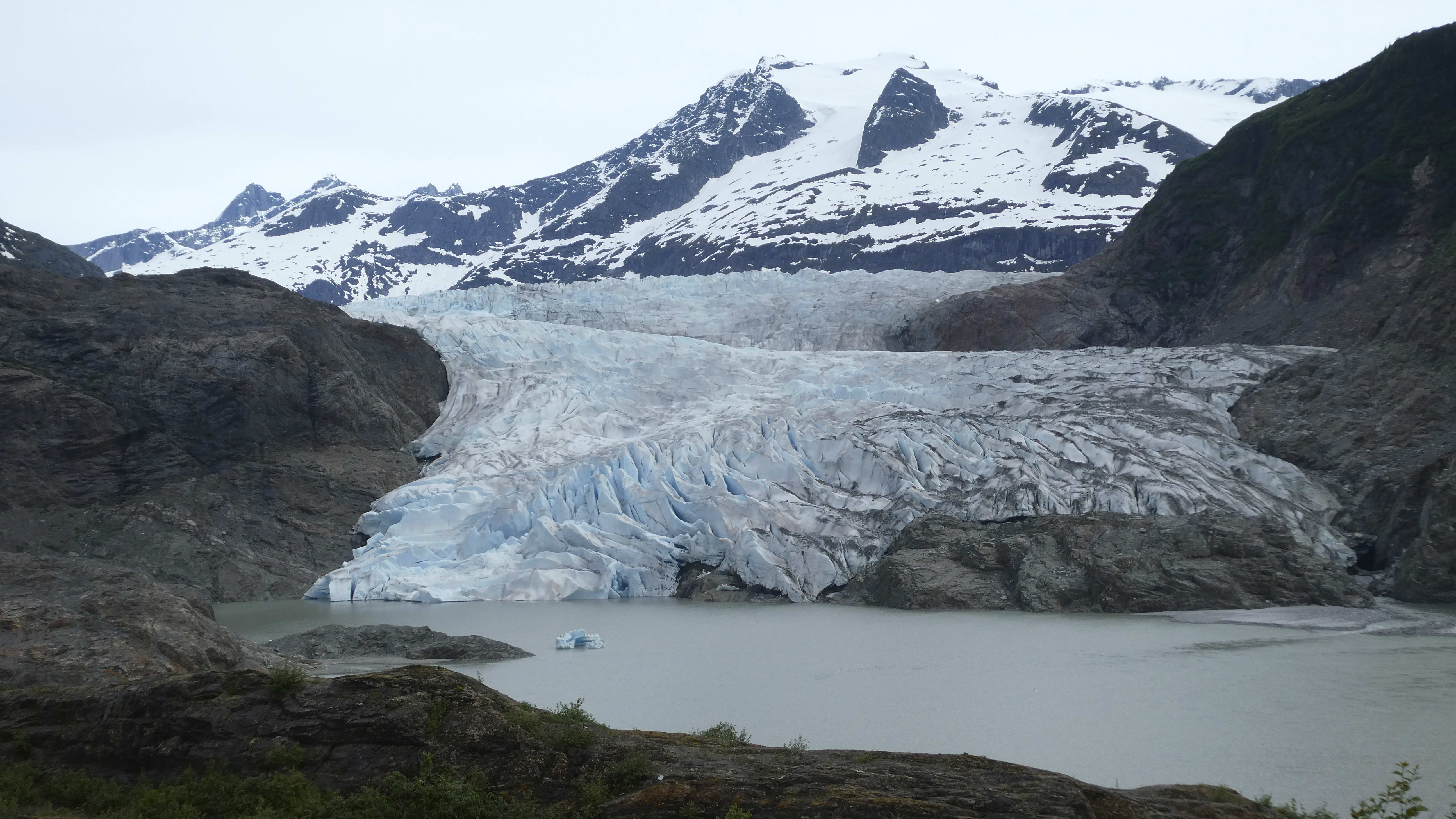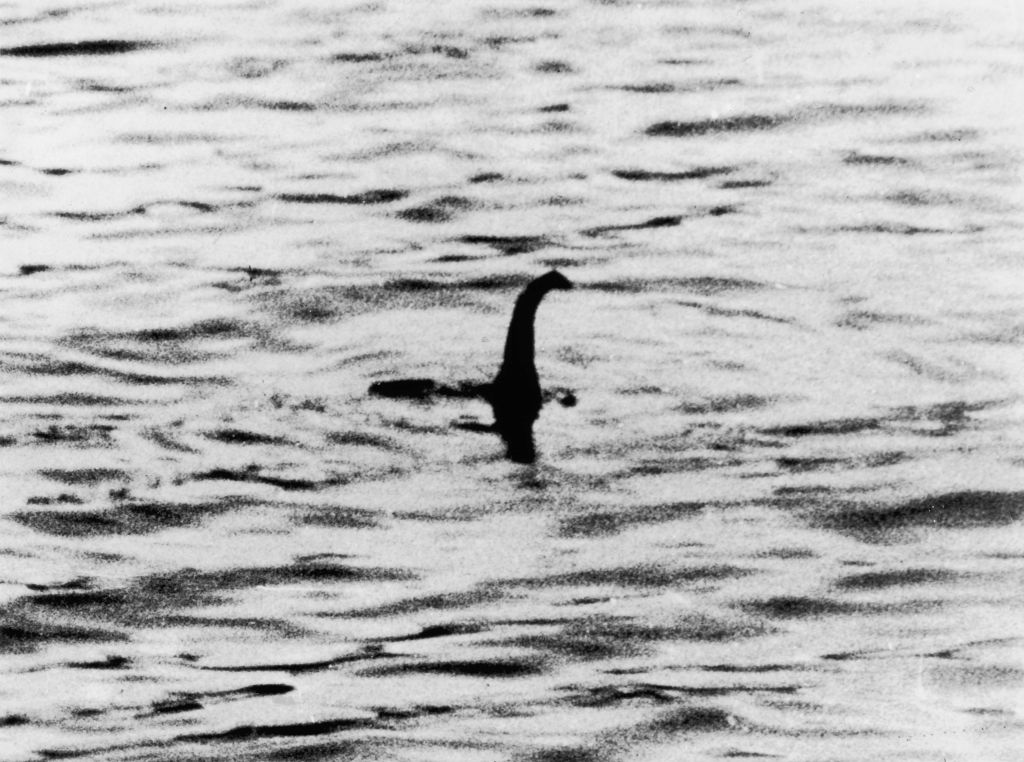Starbucks is taking on Blue Bottle, Stumptown with a new Willy Wonka–inspired coffee chain


When Starbucks went national in the early 1990s, it was at the high end of the coffee retailer spectrum. But the revolution in good coffee the Seattle-based company helped spark has caught up with it, as have the demands of filling its 21,000 stores worldwide (thus the Chestnut Praline Latte, flavored coffee sold in supermarkets, and Frappuccino juggernaut).
Starbucks has kept a finger in the high-end, buying super-precise coffee machine company Clover, for example, but now it wants back in the upper realms of coffee culture, says Stephanie Strom at The New York Times. Starbucks has opened one Reserve Roastery and Tasting Room in Seattle, and has plans to open up 100 more, taking on smaller chains like Stumptown and Blue Bottle. The Reserve Roastery will sell and roast single-origin and microlot coffee to people willing to pay for it.
Starbucks, of course, has money to burn, so the $20 million flagship Roastery is "a magical place where coffee comes to life," in the words of Starbucks concept design director Liz Muller. What that means, Strom translates, is that "the store intentionally evokes the chocolate room where Augustus Gloop met his fate in Willy Wonka's candy factory," complete with see-through tubes transporting rare beans from roaster to barista. To see what that looks like, watch the video below. --Peter Weber
The Week
Escape your echo chamber. Get the facts behind the news, plus analysis from multiple perspectives.

Sign up for The Week's Free Newsletters
From our morning news briefing to a weekly Good News Newsletter, get the best of The Week delivered directly to your inbox.
From our morning news briefing to a weekly Good News Newsletter, get the best of The Week delivered directly to your inbox.
A free daily email with the biggest news stories of the day – and the best features from TheWeek.com
Peter has worked as a news and culture writer and editor at The Week since the site's launch in 2008. He covers politics, world affairs, religion and cultural currents. His journalism career began as a copy editor at a financial newswire and has included editorial positions at The New York Times Magazine, Facts on File, and Oregon State University.
-
 Political cartoons for January 4
Political cartoons for January 4Cartoons Sunday's political cartoons include a resolution to learn a new language, and new names in Hades and on battleships
-
 The ultimate films of 2025 by genre
The ultimate films of 2025 by genreThe Week Recommends From comedies to thrillers, documentaries to animations, 2025 featured some unforgettable film moments
-
 Political cartoons for January 3
Political cartoons for January 3Cartoons Saturday's political cartoons include citizen journalists, self-reflective AI, and Donald Trump's transparency
-
 Nobody seems surprised Wagner's Prigozhin died under suspicious circumstances
Nobody seems surprised Wagner's Prigozhin died under suspicious circumstancesSpeed Read
-
 Western mountain climbers allegedly left Pakistani porter to die on K2
Western mountain climbers allegedly left Pakistani porter to die on K2Speed Read
-
 'Circular saw blades' divide controversial Rio Grande buoys installed by Texas governor
'Circular saw blades' divide controversial Rio Grande buoys installed by Texas governorSpeed Read
-
 Los Angeles city workers stage 1-day walkout over labor conditions
Los Angeles city workers stage 1-day walkout over labor conditionsSpeed Read
-
 Mega Millions jackpot climbs to an estimated $1.55 billion
Mega Millions jackpot climbs to an estimated $1.55 billionSpeed Read
-
 Bangladesh dealing with worst dengue fever outbreak on record
Bangladesh dealing with worst dengue fever outbreak on recordSpeed Read
-
 Glacial outburst flooding in Juneau destroys homes
Glacial outburst flooding in Juneau destroys homesSpeed Read
-
 Scotland seeking 'monster hunters' to search for fabled Loch Ness creature
Scotland seeking 'monster hunters' to search for fabled Loch Ness creatureSpeed Read
